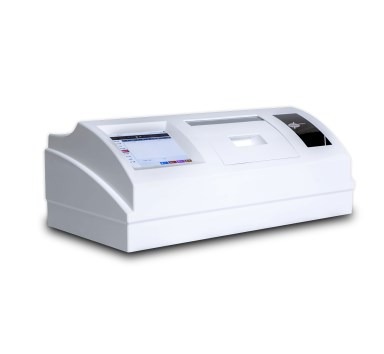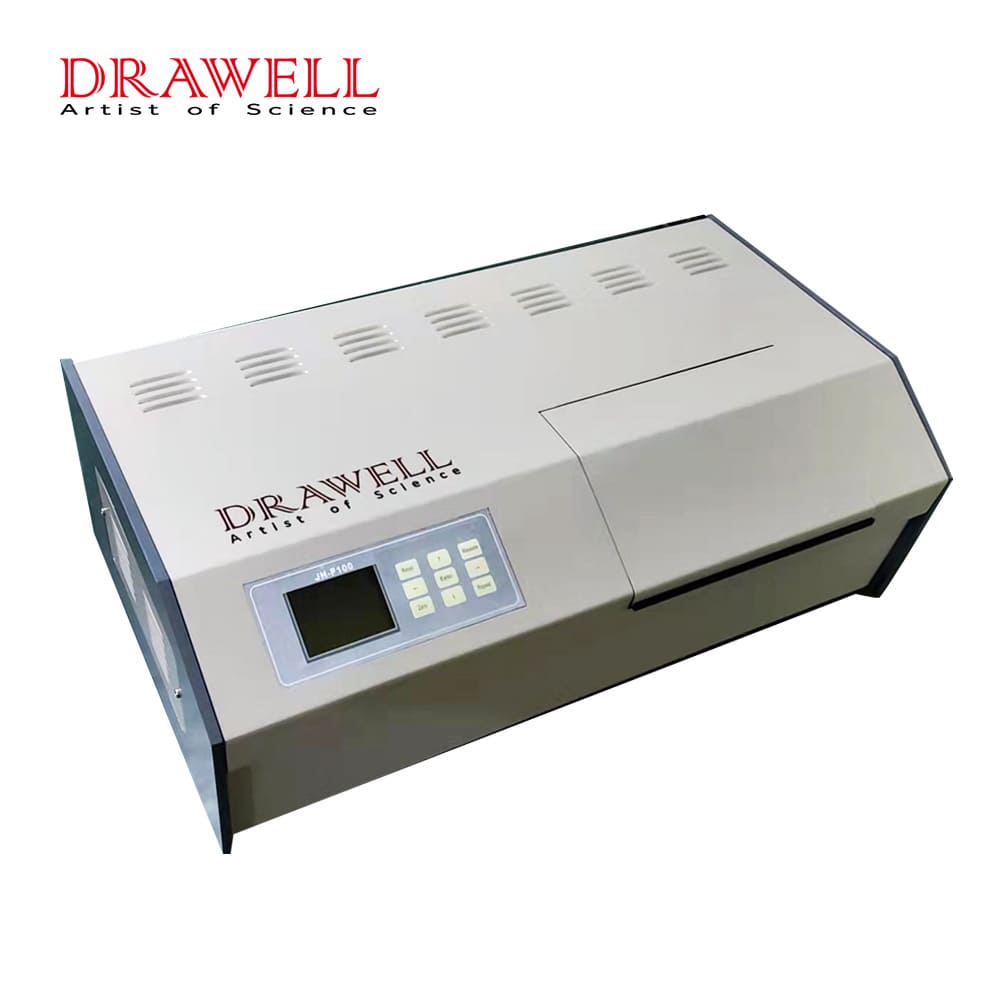Various devices play an important role in measuring and quantifying various features of substances in the field of scientific analysis. A polarimeter is one such piece of equipment that is useful in the fields of optics and chemistry. It allows scientists and researchers to explore how light interacts with optically active compounds. In this article, we will bring you to know a polarimeter comprehensively, exploring the definition, function, and significance of a polarimeter and what a polarimeter measures.
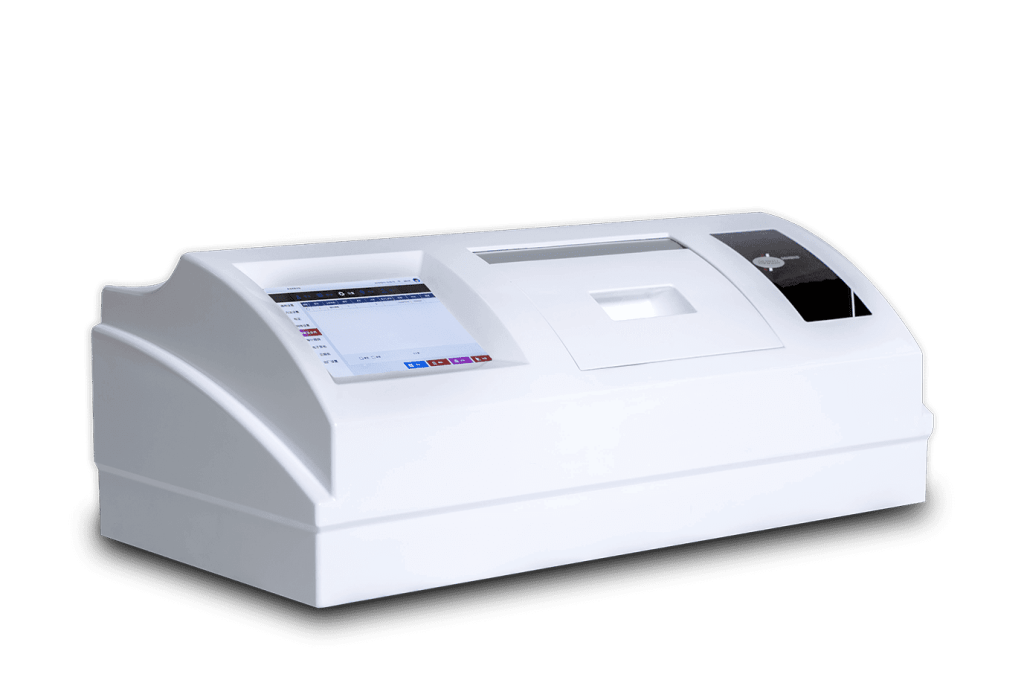
What is a Polarimeter?
A polarimeter is a device that measures the optical rotation of a substance. Optical rotation is the rotation of the plane of linearly polarized light when it passes through particular materials. Because of the presence of asymmetric molecule structures, these materials, known as optically active substances, have the ability to rotate the polarization plane of light.
How Does a Polarimeter Work?
A polarimeter typically comprises of a light source, polarizer, sample cell, analyzer, and detector. The gadget works on the basis of optical rotation and utilizes polarized light law.
The light emitted by the source is first filtered by a polarizer, which polarizes the light waves in a certain plane. This linearly polarized light then reaches the optically active substance-containing sample cell. When light interacts with a substance, its polarization plane spins by an angle proportionate to the substance’s concentration and composition.
The rotated light is then sent via an analyzer that is perpendicular to the initial polarization plane. The light is selectively transmitted by the analyzer based on its polarization direction. The analyzer selectively transmits the light based on its polarization direction. The amount of light transmitted is then detected by a photodetector, which converts it into an electrical signal.
The detector’s electrical signal is proportional to the amount of polarization plane rotation caused by the optically active material. This signal can be quantified and utilized to detect several aspects of the substance under inquiry, including as concentration, purity, and specific rotation.
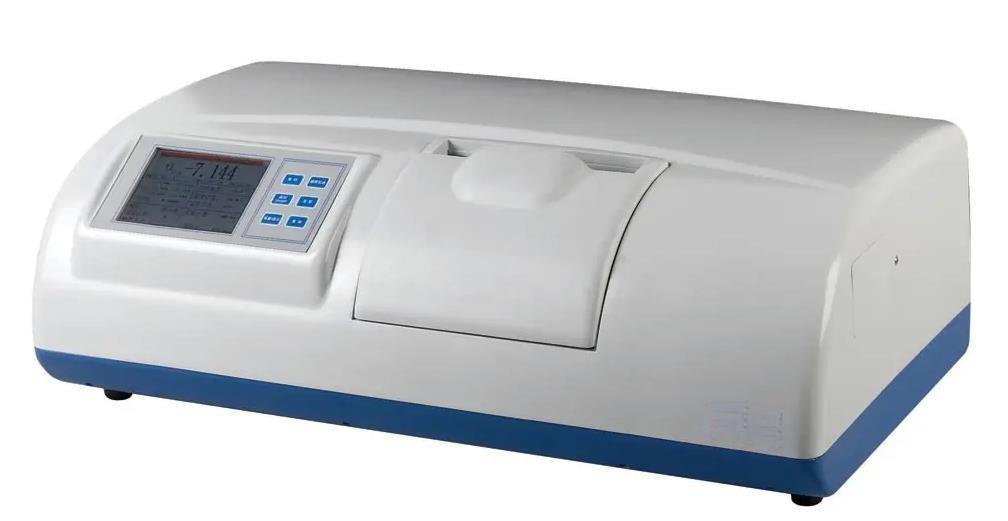
What does a Polarimeter Measure?
An automatic polarimeter measures a substance’s optical rotation. Optical rotation is the rotation of the plane of linearly polarized light when it passes through particular materials. When light interacts with optically active substances, such as chiral molecules or asymmetric chemical structures, the light’s polarization plane rotates by a certain angle.
This rotation angle is quantified by the polarimeter, which provides information on the substance under investigation. The acquired measurement is commonly stated in terms of the specific rotation, which reflects the rotation angle in degrees per unit length or concentration of the material.
An automatic polarimeter can measure the concentration, purity, and particular rotation values of optically active substances by measuring their optical rotation. It is especially useful for differentiating enantiomers (mirror-image isomers) and determining the chirality of compounds. Polarimetry’s specific rotation values are critical in chemical analysis, pharmaceutical development, quality control, and research in subjects such as organic chemistry, biochemistry, and material science.
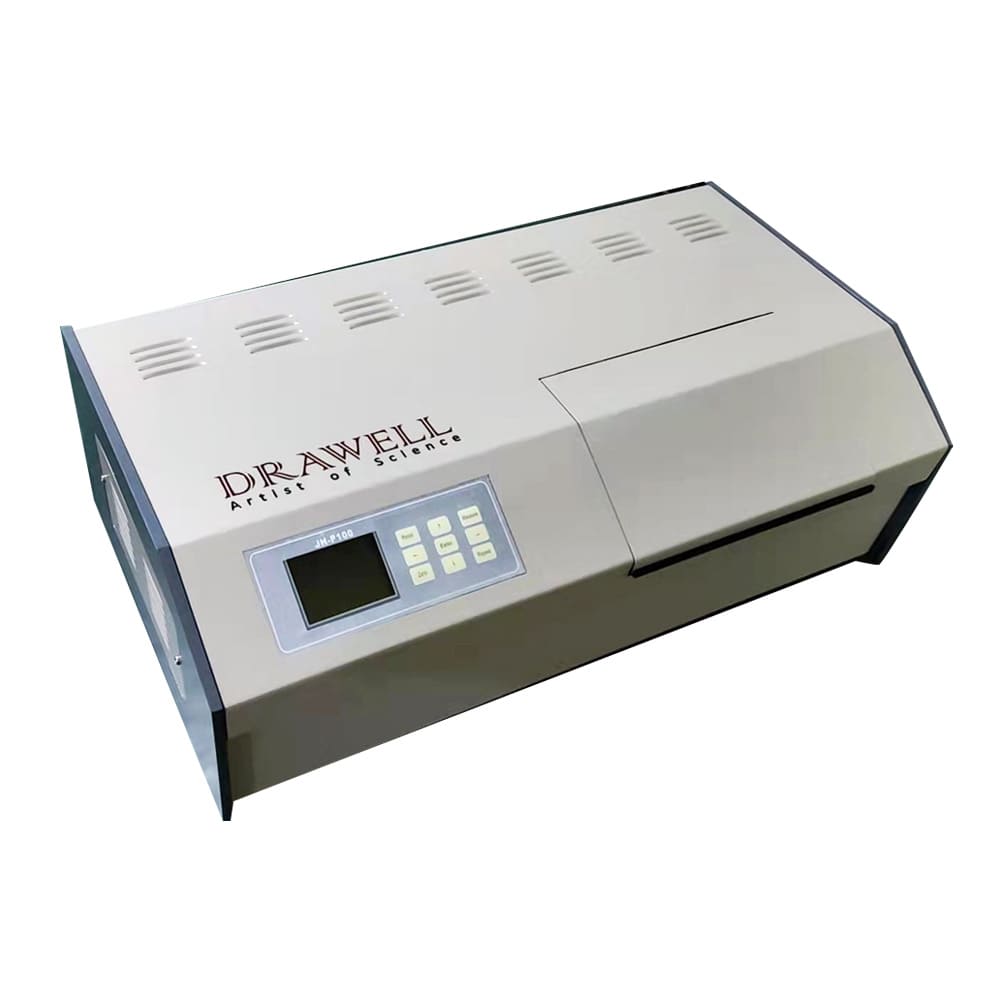
What is the Significance of a Polarimeter?
A polarimeter’s importance stems from its capacity to provide vital information on the optical properties and features of substances. Here are some crucial points that emphasize the importance of a polarimeter.
Analysis of Optically Active Compounds
Polarimeters are widely employed in the investigation of optically active substances. These compounds have the feature of optical activity, which means they interact with polarized light and cause the plane of polarization to rotate. A polarimeter, which measures the degree of rotation, enables scientists to identify, quantify, and analyze these substances, providing information about their chemical composition, purity, concentration, and structure.
Chirality and Enantiomer Differentiation
Polarimeters are essential in the study of chirality, a property of asymmetry in molecules. Enantiomers are the mirror-image counterparts of chiral compounds. Except for their interaction with polarized light, these enantiomers have identical physical properties. Polarimetry allows scientists to differentiate between enantiomers by measuring their optical rotations. Because enantiomers might have different biological activity and therapeutic effects, this information is critical in pharmacological research.
Purity Assessment
An automatic polarimeter is commonly used to analyze the purity of substances in industries such as medicines, food and beverages, and chemicals. Optically active impurities or contaminants can influence a sample’s optical rotation. Polarimeters serve in determining the purity of a substance by distinguishing the presence and concentration of impurities by measuring the particular rotation.
Quality Control
Polarimeters are critical equipment in quality assurance operations. Polarimetry is used in pharmaceutical manufacturing to ensure the quality and uniformity of chiral medicines. Pharmaceutical businesses can verify that the medications produced fulfill regulatory standards, have the appropriate optical qualities, and are consistent from batch to batch by monitoring the particular rotation.
Research and Development
Polarimeters are used in a variety of scientific areas for research and development. They allow scientists to analyze the behavior of light in various materials, investigate the interaction of light and molecules, and investigate the optical properties of novel compounds. Polarimetry helps improve subjects including organic chemistry, biochemistry, material science, and optical physics.
Summary
Polarimeters are essential tools in optics and chemistry, providing vital insights into the behavior of optically active compounds. Polarimeters give critical information about a compound’s structure, purity, and concentration by measuring its optical rotation. They are used in a variety of sectors and play an important role in chemical analysis, pharmaceutical development, and quality control.

